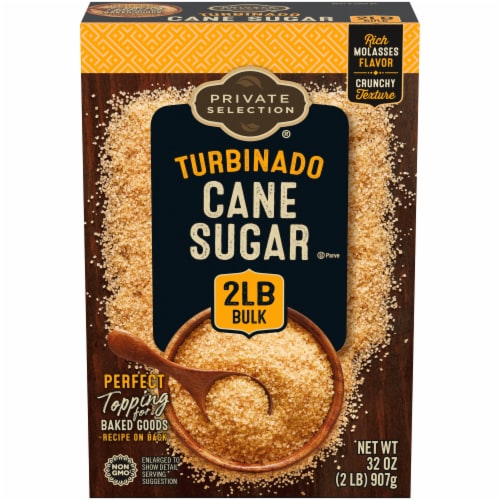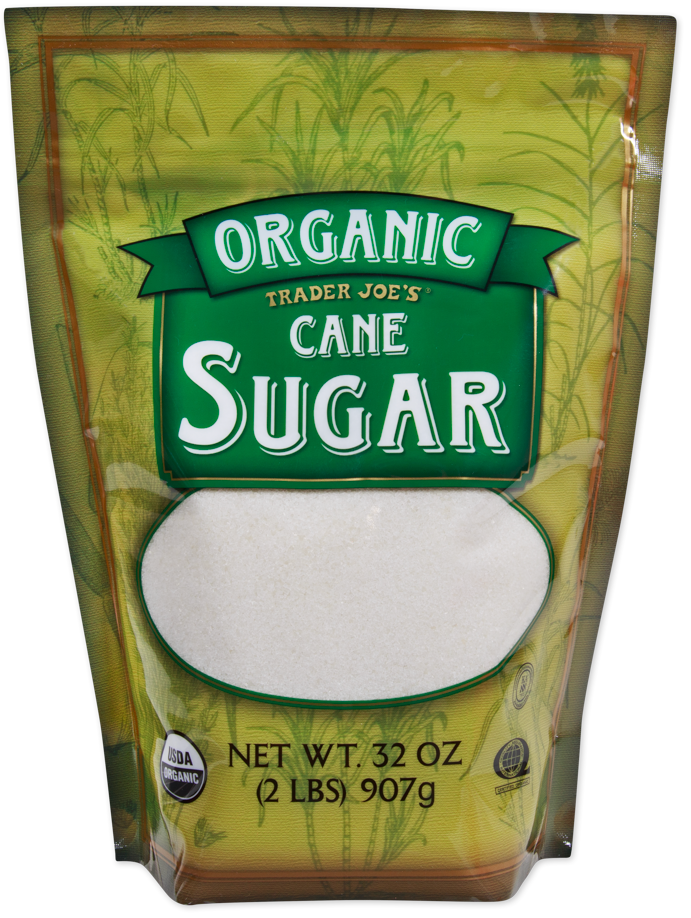Cane Sugar Processing: Traditional Methods and Modern Innovations
Cane Sugar Processing: Traditional Methods and Modern Innovations
Blog Article
Exploring the Comprehensive Tips Associated With Cane Sugar Processing From Collecting to Improvement
The process of walking cane sugar production incorporates a series of intricate actions, beginning with the careful harvesting of sugarcane and finishing in the refinement phases that make certain the end product meets industry requirements. Each phase, from the removal of juice to the purification and formation procedures, plays an important role in figuring out the top quality and character of the sugar. Comprehending these phases not just highlights the complexity of sugar manufacturing yet additionally raises crucial concerns about efficiency, sustainability, and development in the market. What implications do these aspects have for future techniques?
Gathering Sugarcane
Collecting sugarcane is a crucial step in the walking cane sugar handling chain, as it straight influences the high quality and yield of the final item. Correct timing and techniques are vital during this phase to guarantee optimal sugar content and minimize losses. Usually, sugarcane is gathered when it reaches maturity, generally 12 to 18 months after growing, identified by a high sucrose focus.

Post-harvest, the sugarcane needs to be processed promptly to avoid sucrose deterioration. Ideally, harvested cane ought to be delivered to refining facilities within 24 hours to maintain sugar high quality. Consequently, efficient logistical planning is essential to maintain the honesty of the gathered crop throughout the supply chain.
Removal Process

The smashed walking stick goes through a series of pushing procedures to maximize juice recuperation. Commonly, warm water is sprayed onto the crushed walking cane, developing a countercurrent circulation that assists dissolve the sugar while also assisting in the removal procedure. The juice accumulated from this operation contains not just sugar however also numerous natural substances and pollutants.

To enhance extraction effectiveness, some facilities may utilize diffusion approaches, where the sugarcane is taken in warm water, permitting the soluble sugars to diffuse right into the fluid. The resulting juice, abundant in sucrose, is after that routed to subsequent processing stages, laying the foundation for purification and refinement. The extraction process is therefore essential in establishing the top quality and return of the last sugar item.
Purification Techniques
The purification techniques used in walking cane sugar handling are essential for transforming the raw juice into a top quality sugar product. These methods primarily intend to get rid of contaminations, such as soil, plant materials, and inorganic materials, which can negatively impact the final product's taste and shade.
Among one of the most common purification strategies is explanation. This procedure includes adding lime and heat to the raw juice, which facilitates the coagulation of contaminations. The resulting precipitate is then eliminated with sedimentation or filtration, generating a more clear juice. Furthermore, using phosphoric acid can improve the clarification process by more binding contaminations.
An additional significant strategy is carbonatation, where carbon dioxide is introduced to the clarified juice. This response generates calcium carbonate, which catches remaining impurities and promotes their removal.
Additionally, activated carbon therapy might be applied to adsorb any kind of staying colorants and organic pollutants, ensuring an extra refined product. The mix of these methods properly prepares the sugar juice for subsequent action in the refining procedure, setting the phase for the production of high-quality walking stick sugar.
Crystallization Techniques
After the filtration phase, the next essential step in walking cane sugar processing includes formation methods, which play an essential role in transforming the made clear juice into strong sugar. This process usually employs 2 main approaches: spontaneous condensation and regulated condensation.
In spontaneous crystallization, supersaturated sugar services are enabled to cool normally, leading to the development of sugar crystals over time. This approach permits for the consistent development of sugar crystals and greater purity.
During crystallization, the made clear juice is concentrated through dissipation, raising its sugar material until it reaches supersaturation. Once this factor is accomplished, either technique can promote the formation process. Cane Sugar Processing. The resultant sugar crystals are then divided from the continuing to be syrup with centrifugation
Ultimately, the choice of formation approach affects the high quality, size, and pureness of the final sugar product, visit this website making this action essential in the total walking stick sugar processing treatment.
Improvement and Packaging
Exactly how can the purity and high quality of walking stick sugar be further enhanced after crystallization? The improvement procedure plays a vital function in accomplishing top quality walking cane sugar.
Following, the sugar goes through a procedure called centrifugation, where it is rotated at high rates to divide the purified sugar crystals from the continuing to be liquid. After centrifugation, the sugar is often additional improved through a technique called carbonization or phosphatation, which makes use of activated carbon or phosphoric acid to get rid of shade and off-flavors.
Once improved, the sugar is dried to attain the preferred wikipedia reference moisture web content, making certain that it continues to be stable during storage space and transportation. The final step involves product packaging the polished sugar in impermeable and moisture-proof containers to keep its top quality and prevent contamination. Cane Sugar Processing. Proper product packaging not only expands shelf life yet additionally helps with simple handling and circulation, ensuring that consumers receive sugar that meets the highest possible criteria of pureness and quality
Conclusion
The thorough actions involved in cane sugar processing, from the thorough harvesting of sugarcane to the detailed refinement and product packaging phases, underscore the relevance of each phase in making sure top notch sugar manufacturing. Optimal harvesting strategies, reliable removal techniques, and extensive purification processes collectively add to the final product's pureness and stability. The condensation and succeeding packaging techniques better enhance the integrity and life span of the sugar, highlighting the complexity and precision inherent in this essential farming sector.
The process of walking stick sugar manufacturing encompasses a series of elaborate actions, starting with the careful harvesting of sugarcane and culminating in the refinement phases that make certain the last product fulfills market standards. Preferably, collected walking stick ought to be the original source transferred to processing centers within 24 hours to maintain sugar top quality.In spontaneous formation, supersaturated sugar remedies are permitted to cool naturally, leading to the development of sugar crystals over time - Cane Sugar Processing. The refinement process plays a critical duty in attaining high-quality walking cane sugar.The detailed steps entailed in walking cane sugar handling, from the thorough harvesting of sugarcane to the complex improvement and packaging stages, highlight the importance of each stage in making certain top notch sugar production
Report this page